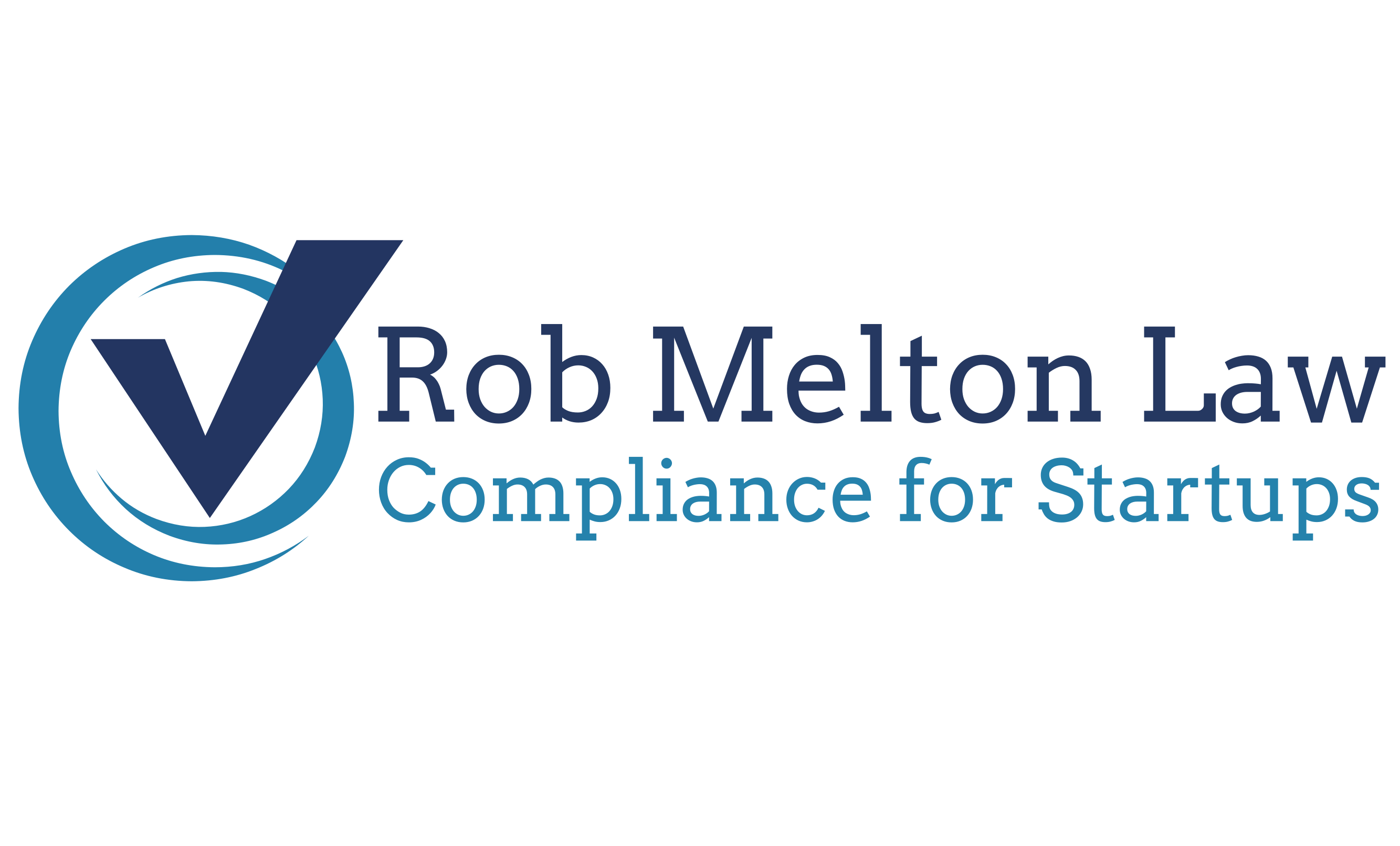Five Steps to Improve Your Website Privacy Compliance
- May 18, 2025
- Posted by: rob
- Category: Uncategorized

In today’s digital landscape, website privacy compliance isn’t just a legal necessity—it’s a vital component of maintaining user trust and safeguarding your business from regulatory risks. Privacy laws continue to evolve, and companies that fail to stay ahead of these changes risk hefty fines, reputational damage, and potential lawsuits. Whether your business operates in the U.S., Europe, or beyond, implementing strong privacy measures is no longer optional.
Many organizations unintentionally fall behind in their privacy practices due to outdated policies, ineffective cookie banners, or lack of oversight on data-sharing strategies. What may have been sufficient a few years ago could now expose a website to problems. By taking proactive steps, businesses can ensure they meet current privacy expectations while fostering transparency with users. This blog post highlights five key steps to improve website privacy compliance—from updating your privacy policy to enrolling in the Data Privacy Framework. Let’s dive into what businesses can do to strengthen their privacy measures and stay ahead of legal requirements.
1. Update Your Privacy Policy
If the last updated data on your privacy policy is more than three years old, you should review and update your privacy policy. It is a possible sign that you are either not making updates to your data collection and technology, or you are not appropriately updating your privacy disclosures. It can be tough for an outsider to determine whether a company is complying with its privacy policy without internal information about the inner workings of the organization, but additional scrutiny of this area may be warranted if a company is not updating its privacy policy.
A privacy policy should be reviewed and/or updated whenever there are changes in data processing, new regulations, or business shifts that impact how user information is handled. If a company starts collecting different types of personal data or using it in a new way, the privacy policy must be revised accordingly. Legal updates also play a crucial role, as new laws such as GDPR or CCPA require businesses to adjust their policies to maintain compliance. Additionally, the launch of new services, features, or partnerships that involve user data should prompt a review. Even in the absence of significant changes, it’s a good practice for businesses to conduct periodic reviews and update their privacy policies at least once a year.
2. Replace Your Cookie Banner
The difference between a cookie banner notification from the last five or so years and a cookie banner from five or more years ago is pretty obvious to those in the privacy profession. If your website has an older cookie banner, you should add an update to your website roadmap.
Cookie banners have evolved significantly over the past decade, largely due to stricter privacy regulations and growing user concerns about data collection. Initially, cookie banners were often designed to push users toward accepting all cookies. The General Data Protection Regulation (GDPR) in 2018 and other privacy laws forced websites to make cookie banners more transparent, requiring explicit consent rather than passive acceptance, and offering users the choice to customize the types of cookies and tracking technologies they accept.
–
3. Review Your CIPA Strategy
Plaintiff’s attorneys around the country, and in particular in California, are sending or considering threat letters to businesses and website owners for violations of the California Invasion of Privacy Act (CIPA) and other laws. The theory of their client demand is that through electronic surveillance or unauthorized third-party disclosures the business or website owner captured, shared or permitted access to information about the website visitor without their consent or permission.
Among the choices that an organization has in response to the increase in these threat letters is to cease the information collection and/or sharing, adopt defensive measures in a website terms and conditions (or terms of use) agreement with the website visitor, or disclose the tracking technologies in a cookie banner and only collect this data where accepted by the visitor.
4. Check Your Marketing Consents under GDPR
In addition to looking at the website’s cookie banner, another simple way to check the execution of a company’s GDPR compliance strategy is to look at the express opt-in consent in connection with its lead generation forms, mailing list subscription, and website contact form. The organization’s privacy lawyer or GDPR consultant may have updated the privacy policy for GDPR, but the marketing and/or website teams may have updated the marketing forms without informing them that it needs to be reviewed again. Changes in personnel and/or contractors and/or campaigns can also lead to changes in the data collected, the ways it is used, and who it is shared with, which can impact the consents required.
5. Have You Signed Up for the Data Privacy Framework?
If your organization is a US company with a non-trivial amount of customers or business in the UK, European Economic Area or Switzerland, it should be looking to sign up for the Data Privacy Framework. The DPF provides a legal mechanism for transferring personal data from the EU to the U.S. without requiring additional safeguards and simplifies some of the compliance obligations related to personal data transfers. Adherence to the DPF also demonstrates a commitment to data privacy.
Ensuring website privacy compliance isn’t just about meeting legal requirements—it’s about demonstrating a commitment to ethical data practices and protecting both your business and users. With privacy laws continuously evolving and enforcement becoming more stringent, organizations must proactively assess their policies and strategies to mitigate risks. A failure to do so can result in regulatory scrutiny, lawsuits, and reputational damage that far outweigh the effort required to maintain compliance.
By taking these five steps, organizations can reduce their exposure to privacy risks, build credibility with their customers, and create a compliance foundation that withstands regulatory shifts. In an era where digital privacy is a top concern, businesses that prioritize transparency and accountability will not only meet legal obligations but also strengthen their reputation and longevity in the market.

